Art World
7 Artists on Being In the Rubell Family Collection’s All-Female Show, “No Man’s Land”
The personal stories behind the famed collector couple's newest showcase.
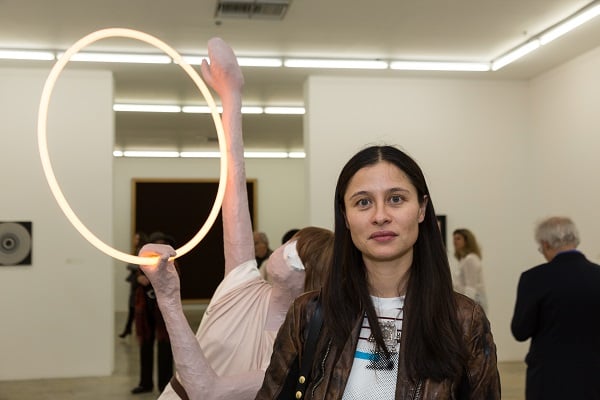
Photo: © Chi Lam.
The personal stories behind the famed collector couple's newest showcase.

Laura van Straaten

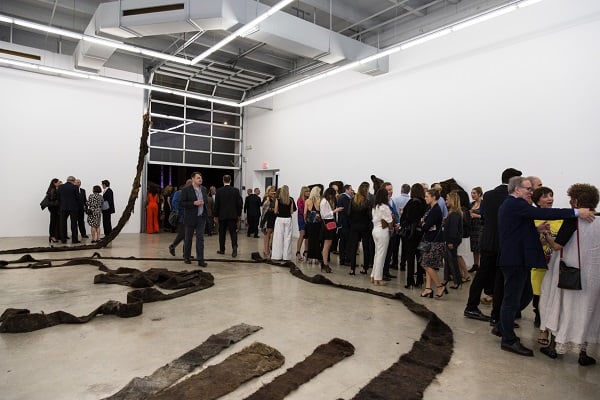
Installation view of Solange Pessoa, Catedral (1990-2003) in “No Man’s Land”
Photo: © Chi Lam.
“Don’t worry, you can’t get lice from it!” says Mera Rubell as she encouraged a reporter to pet artist Solange Pessoa’s Catedral, a colossal, snake-like skein made almost entirely of human hair. Pessoa’s artwork, which took 13 years to make, is the show-stopping centerpiece of “No Man’s Land,” an exhibit of more than 100 women artists from the Rubell Family Collection that opens today for Art Basel in Miami Beach week.
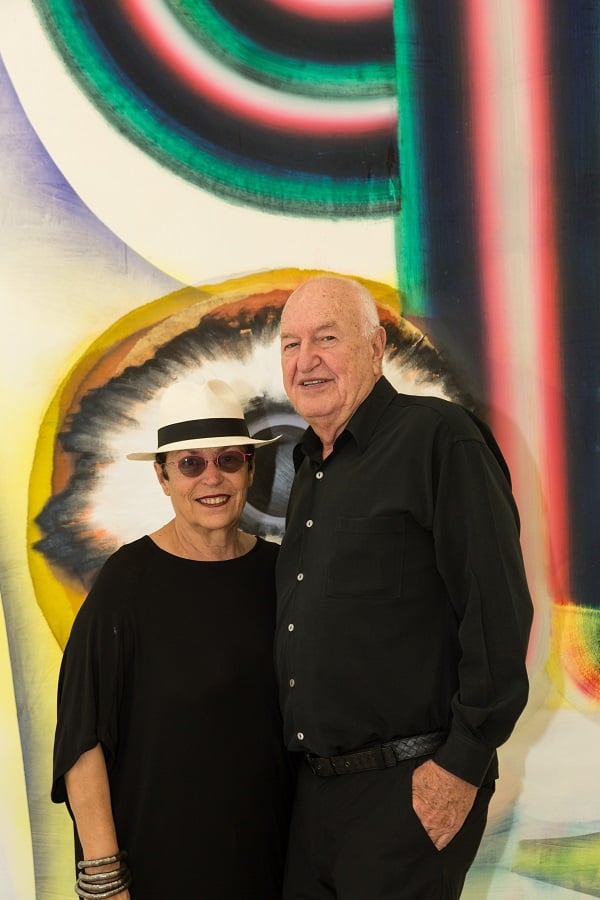
Mera and Don Rubell in front of Kerstin Brätsch’s painting When You See Me Again It Wont Be Me (from Broadwaybratsch/Corporate Abstraction series) (2010).
Photo: © Chi Lam.
Through May 28, 2016, the Rubells will rotate throughout their 28-gallery space in Miami’s Wynwood paintings, photographs, sculptures, and video installations from their permanent collection made by more than 100 female artists of diverse generations, cultures, and disciplines. Mera and Don Rubell, married more than 50 years, acquired some of the works on view when artists of renown today like Cindy Sherman (acquired in 1978) were still struggling. Other pieces are by still-emerging artists like Los Angeles-based Jennifer Guidi. Still others were commissioned specifically for the show and completed as recently as this week, like Sonia Gomes’s Born in America.
During the show opening, artnet News asked several of the artists in attendance about their work and what it meant for them to be part of this collection. (The interviews have been edited and condensed for clarity.)
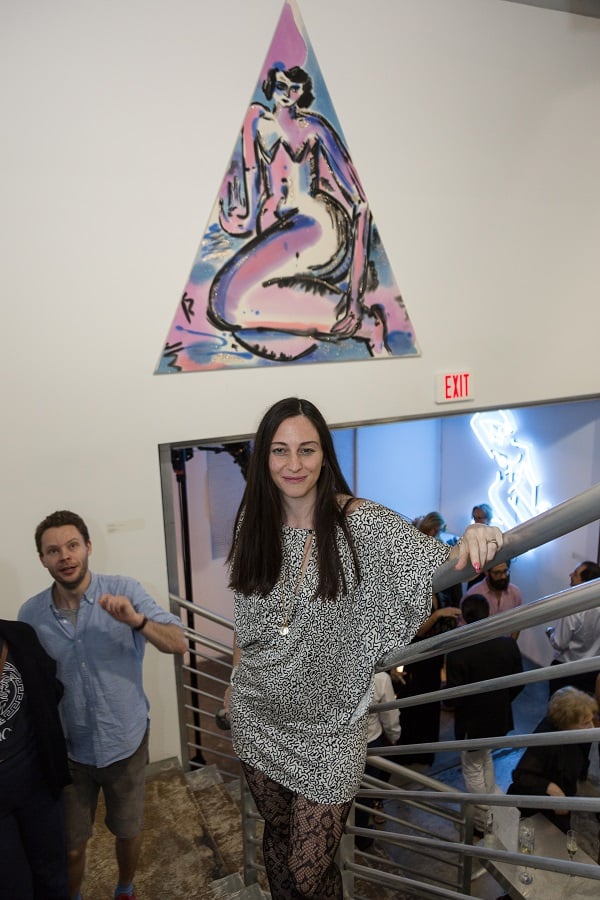
Mira Dancy, On top: Sister Source (2013). At the back: Street Ofelia (neon blue) (2014).
Photo: © Chi Lam.
“I’ve been showing for about five years but working for 15. Last year, I was teaching a painting class at Columbia in New York and got a call from my gallery in LA: ‘I have great news! The Rubells just bought four pieces!’ The Rubells were the first people to buy a number of pieces at once and a combination of the paintings and the neon pieces. This was really the first event in a string of good things over the last year for me as an artist. We just did a solo booth at Frieze London! To be here at this show one year later and among these other artists—some of these women are artists I’ve identified with or loved for a long time, like Karen Kilimnik and Janine Antoni, plus others I didn’t know until tonight like Miriam Cahn.” —Mira Dancy

Mai-Thu Perret with Ligia Dias, Apocalypse Ballet (One Pink Ring), 2006.
Photo: © Chi Lam.
“This was very early work, around the time of my first institutional solo show in America at the Renaissance Society in Chicago, which was a big deal for me. The Rubells saw the work in Berlin—the first big American collectors—and my gallerist in Berlin called me and said they had bought everything. I’d had some success but not like this. I haven’t seen my work since 2010 when the Rubells lent the work for a show I did in Ann Arbor, Michigan. These works are part of a series that ended but I’ve been thinking of making a new set of figures so it’s kind of nice to see these.” —Mai-Thu Perret
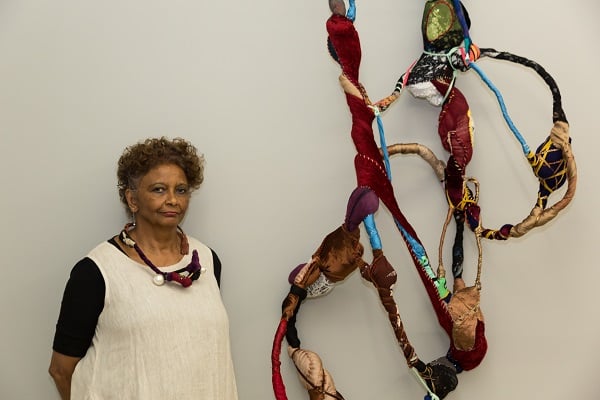
Sonia Gomes, Born in America (2015).
Photo: © Chi Lam.
“This is the first big private American collection for me. The Rubells invited me to do an installation. I lived in the museum for two weeks to make this work. And this work is the first in a new series called “Born in America”—the first of many that will happen.” —Sonia Gomes (translation by Pedro Mendes)
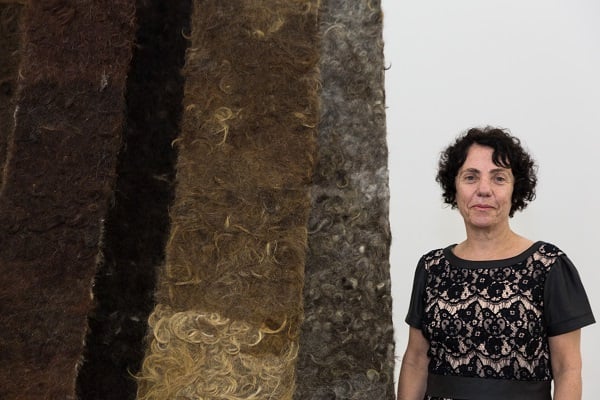
Solange Pessoa, Catedral (1990-2003).
Photo: © Chi Lam.
“This is a work of many years. I began in 1990. There is a lot of symbolic density in the work. The work has to do with the baroque but it includes animals, actions, performances, video, and other things. I feel the work connects to Ana Mendieta, Robert Morris, and Eva Hesse. It took a while to be appreciated with this type of work that challenges conventions and the market. I’m glad to see it here. The Rubells were, I think, surprised by the physicality of the work when they came to see my studio in Belo Horizonte [Brazil]. Seeing my work here in this show, I feel very happy to be among such diverse women from different generations and all these languages.” —Solange Pessoa (translation by Pedro Mendes)
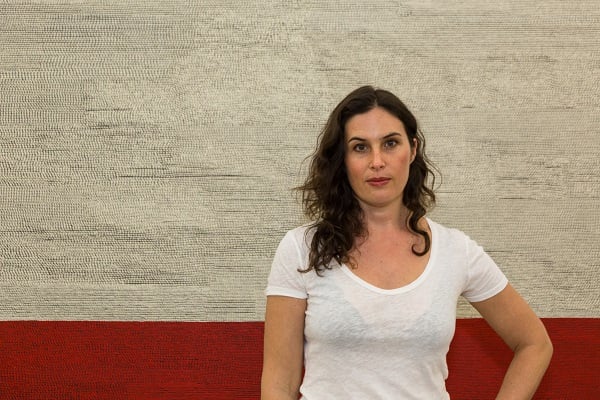
Jennifer Guidi, Untitled (TRF #4 Black, White and Red) (2015).
Photo: © Chi Lam.
“I guess I’m what is called an ‘emerging’ artist but I have known about the Rubells for a long time. Mera and Don bought all four of these paintings of mine at once. There were in LA and a couple of different people on the same day told them to come to my studio so Mera texted me. The works were in process. This body of work was influenced by stitches and tapestry. I think they recognized the feeling the work emits, calmness.” —Jennifer Guidi
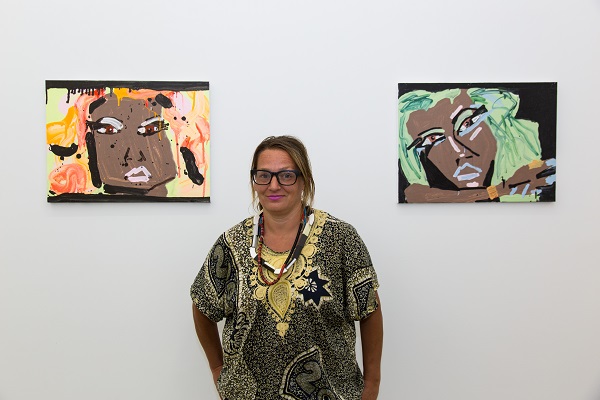
Katherine Bernhardt, Left to right: Crazy Hair (2013) and Blue Lip – Pink Lip (2013).
Photo: © Chi Lam.
“I made a whole series of paintings of Nicki Minaj. They are based on video stills. With her crazy hair and the color of her lipstick, the angles, the tone—it was the perfect thing to paint basically. My gallerist in Sweden came to a BBQ the Rubells hosted and told them about the work. The Rubells bought like nine of the series I think and there are two in this show here. It’s the best collection in Miami and the space is amazing.” —Katherine Bernhardt
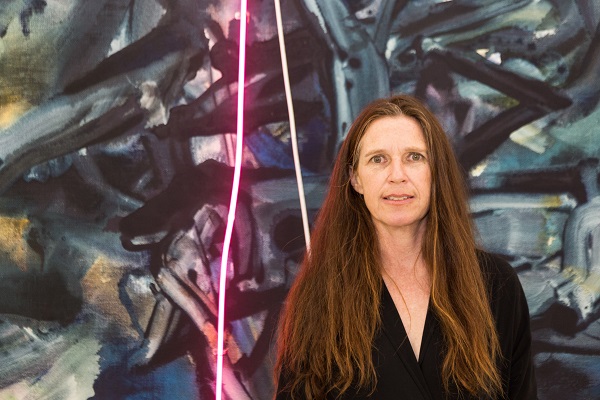
Mary Weatherford, Gin Ling Way (2014).
Photo: © Chi Lam.
“At the Nada art fair here in Miami, a year ago this week, the Rubells saw my work. I wasn’t there. They bought all of these paintings of mine here in this room over the course of the last year, which I’m especially happy about because it means these paintings can stay together; I don’t want them to be apart. And that’s Laura Owens’s work right there across from mine. This is an extraordinary show to be a part of with all these women.” —Mary Weatherford